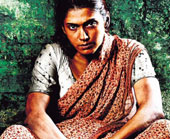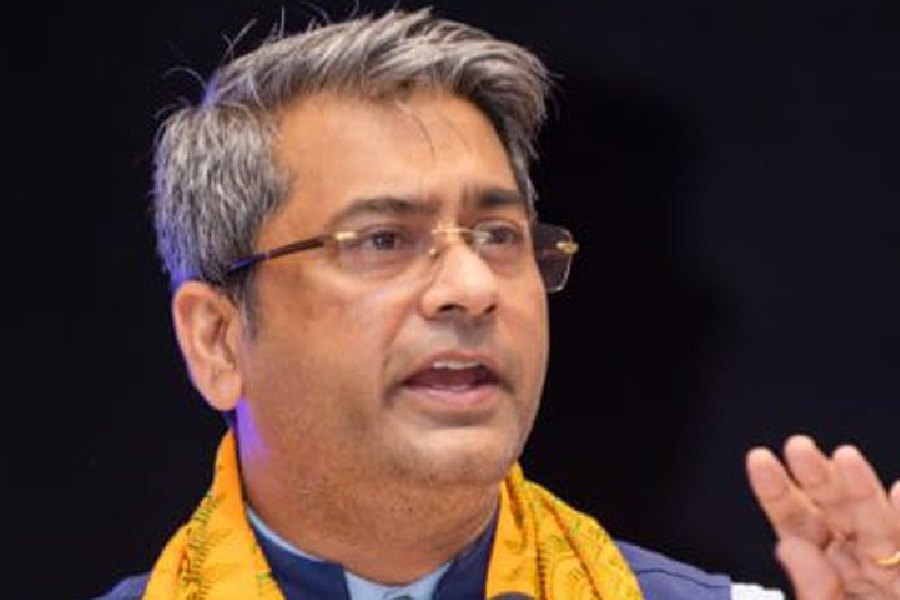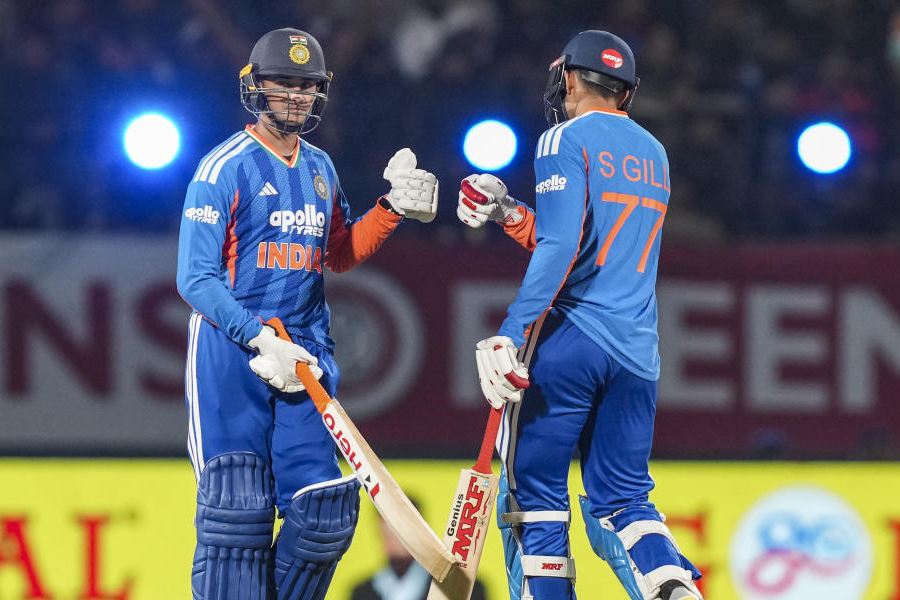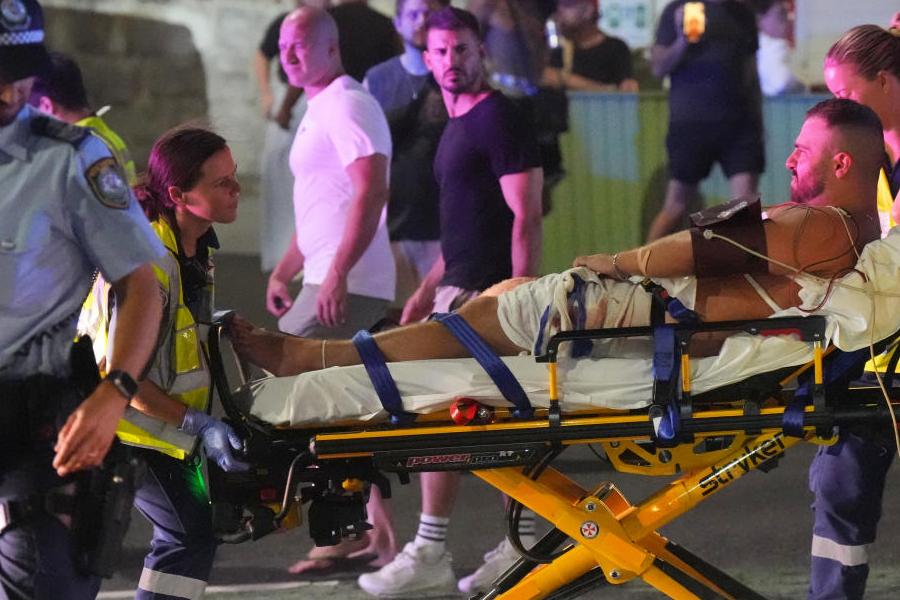 |
| MAIN HOON DON: Isha Koppikar in the film Shabri |
Tired of watching feel-good movies about rich and handsome Indians living abroad? Tired of looking at beautiful women who are nothing but arm candy? How about getting up close and personal with a gangster lady for a change? Well, you may soon be able to indulge that particular fantasy, thanks to films based on the lives of female dons and dacoits coming at a theatre near you.
If Wounded is the real-life story of Seema Parihar, India’s dreaded female dacoit, Shabri, a Ram Gopal Varma film, deals with the story of a woman who becomes a don of sorts. That clearly sounds like a break from the Yash Chopra and Karan Johar style of entertainment.
Filmmaker Krishna Mishra, who was an assistant to director J.P. Dutta earlier, showed a lot of guts in choosing to do a film on Seema Parihar who is said to be the country’s third most fierce female dacoit after Kusma Nain and Phoolan Devi. More important, he cast the real Seema Parihar to play the role in the film.
“It’s a true story of a female dacoit with the actual dacoit playing the lead role. I took Seemaji and not an established actress as she knows the role best,” says Mishra who worked hard to get Parihar out of jail on parole.
Mishra’s film got significant publicity while it was being made — first, because he hired Seema Parihar and, second, because dacoit Nirbhaya Gujjar kept threatening the filmmaker with dire consequences if he continued with the project. Eventually, Gujjar was shot dead by the police in the jungles.
Director Lalit Marathe, who is directing Shabri for Ram Gopal Varma, has also picked a female don as the subject matter. Says Marathe, “Isha Koppikar (who’s been de-glamourised for the role) plays a regular middle class girl working in a flour mill. The film tells the story of how her life changes after she meets two men.”
Marathe feels that the Indian audience is ready for a female don. “There is a lot of sensitivity and basic emotion in the role that Isha plays. The role is rooted and identifiable. It deals with the underworld,” he says.
Traditionally, women-oriented films don’t do too well in India. So will these films sell? Mishra thinks so. “We have been getting a favourable response, so I reckon our film should do well. I think since this is a true story of a woman dacoit’s life, the audiences will accept it. They are ready for a change,” he says.
Maybe it would help to have some kind of a brouhaha around the film when it releases, as happened in the case of Bandit Queen. That film didn’t do well until it was banned. Once it returned to the theatres after the ban was lifted, everyone rushed to see what the ban was all about. The movie, with a $399,748 collection in the US in the early Nineties, set some sort of a precedent of an armed woman’s story being accepted by Indian audiences.
“My film too was banned. I have won a case to show the film,” informs Mishra. Adds Seema Parihar, “I was very clear that I will not be shown in the nude like Phoolan in that daadiwala’s (Shekhar Kapur) film.” Mishra is still chalking out a strategy to market his film and he is looking to appoint an agent for the overseas market. “I think that will be a big market for our film,” he says.
But what of Ram Gopal Varma’s Shabri? So far the film has had no controversy to drive it. Remember Shabana Azmi’s Godmother? The film, based on the life of the lady don from Porbunder, Santokben Jadeja, came into the limelight when Jadeja took offence and wanted the film to be banned.
The film got a decent start owing to the controversy but could not sustain the initial euphoria despite Shabana Azmi’s powerful acting as Rambhi who dons the role of the ‘godmother’ after her husband is killed.
Earlier, Dimple Kapadia played an avenger in the film Zakhmee Aurat where she ‘Bobbitised’ her rapists. Again, the castration scenes pulled the front bench audience to the theatres.
Critics point out that there are many reasons for films where women take up arms not to do well at the box office. One, they usually do not have a star cast. Wounded, for instance, has real life dacoit Seema Parihar in the lead role and she is accompanied by a host of National School of Drama alumni.
Two, women-oriented films are not too popular in India. Three, the Indian audience is used to watching films where heroines look sexy and glamorous. By and large, deglamourised heroines do not go down well with the audience.
Madhur Bhandarkar does not agree with that, though. And he should know, for he has made several women-oriented movies (Page 3, Chandni Bar, Corporate). “It all depends on how a film is promoted,” he says.
Indeed, with new age marketing and promotional gimmicks having arrived in India, chances of such films doing well have a lot to do with how these movies are promoted among target viewers. Though men have been the dominant viewers of Hindi films for years, after the advent of the mushy Hum Aapke Hain Kaun kind of films, women started determining the viewing pattern to a large extent. So the new lady don films may strike a chord among female viewers.
While waiting for the release of Wounded, Mishra has already started shooting another film based on the life of dacoit Kusma Nain. She calls herself Dasyu Sundari (dacoit beauty) and faces charges in 35 cases of murder, robbery and dacoity.
Then there are Munni Devi, Krishna Devi, Lovely Pandey, Prabha Katiyar and Basanti Pandey. Their lives are both colourful and dramatic — just the right material for Hindi cinema. Any takers?











